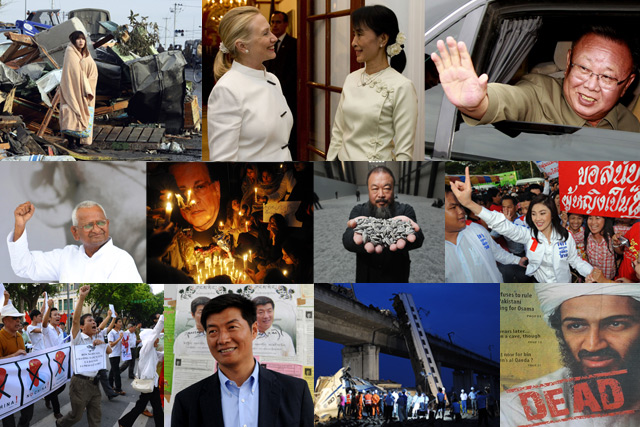At the World Cities Summit held in Singapore 2-4th July 2012, New York City received the Lee Kuan Yew World City Prize for its transformation into a greater, greener metropolis. New York City Parks and Recreation Commissioner Adrian Benepe, 55, gave a lecture describing what makes the city great.
New York City of the 1970s and 80s was a run-down, crime-ridden place.
“When I was young,” said the native New Yorker, “a plan for New York City’s future would have seemed incredible to say the least; New York City seemed unsafe, undesirable and hopeless.”
Today, 85 per cent of its residents live within ten minutes’ walk of a park; the city has hundreds of kilometres of bicycle lanes; and outmoded infrastructure like abandoned rail lines is being put back into public use.
One of those pieces of outmoded infrastructure is an elevated railway line that runs along Manhattan’s industrial south-western edge. More than a decade ago, civic groups began pushing to preserve it, and today, it is
the High Line park.
With its coffee and popsicle stalls, artful graffiti, sculptures and community garden patches,
the High Line has helped draw people back to the neighbourhood. In fact, it has attracted about $2 billion in private developers’ investment in neighbouring condominiums and apartments, far more than the $115 million the city has spent on it so far.
I was in New York last month and had the chance to visit the slender, 1.6-km park one Sunday. I admired the graffiti and art adorning neighbouring buildings and dodged toddlers underfoot. Sunbathers reclined on decks with a view of the Hudson River.
The tracks, which used to carry trainloads of goods through warehouses and factories, are still present, but now, plants like purple prairie clover and Mexican feather grass bloom between the rails, tended by Friends of the High Line, a non-profit civic group.
The High Line is not the world’s first bit of elevated greenery, Mr Benepe said humbly, pointing to the Promenade Plantee in Paris, another former rail line turned park, and the Forest Walk and Canopy Walk at Singapore’s own Southern Ridges park.
But what struck me most about both Mr Benepe’s talk and the High Line is that city renewal is not just about transforming the physical hardware of a neighbourhood. It’s about tapping the wellspring of civic spirit – dare I say, love for the city – that already exists.
Most of the New York City parks efforts, Mr Benepe said, are not carried out by the city government alone, but are informal public-private partnerships that include community groups and individuals.
“People don’t give money, they give labour,” he said, in tending to plants, organising activities or guiding walks. These are people who clearly love their city enough to step up and contribute.
In New York, it is such non-government civic organisations that provide continuity, especially in a city where mayors come and go and policies may shift, Mr Benepe pointed out.
In Singapore, glimmers of love for the city are already visible in many forms – in the folks who volunteer to guide tours around the Bukit Brown cemetery, in the group of heritage and nature lovers working with government agencies to conserve the Rail Corridor, and in the cycling groups asking for more safety protection for cyclists and sharing their enthusiasm for life on two wheels, to name a few.
Globalisation may mean that people move in and out of Singapore – like they move in and out of New York City – to go wherever the jobs are.
But even as that happens, such civic groups must be nurtured so that they, too, can give residents an opportunity to contribute, and a sense of ownership over their place.
By Grace Chua, caiwj@sph.com.sg
Published on July 2nd, 2012, The Straits Time Blog

































































